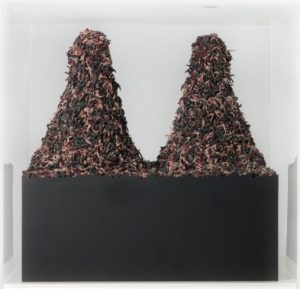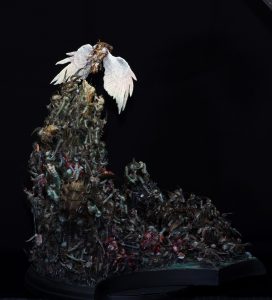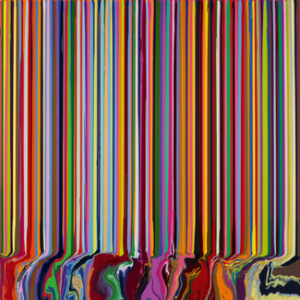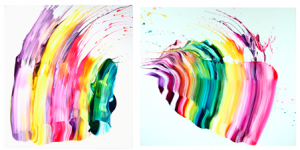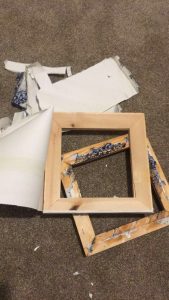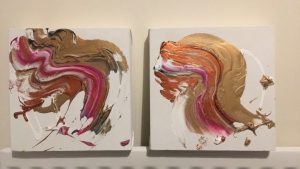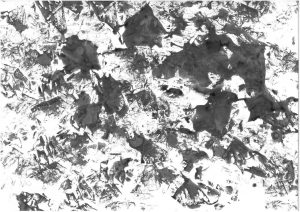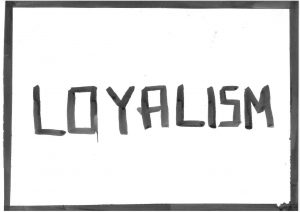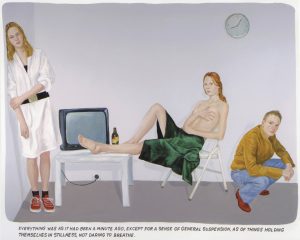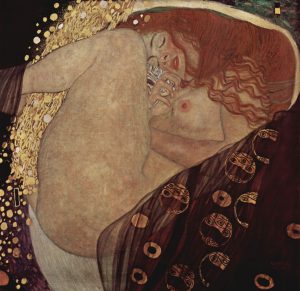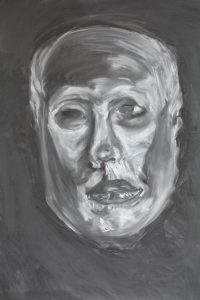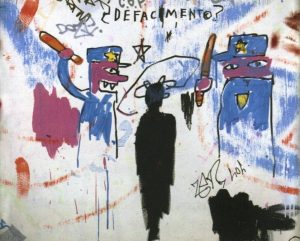Since the beginning of my exploration into the world of art, process has always been of great interest to me. The complex stages in which an artist prepares and paints a canvas or casts and carves a sculpture have always offered me entertainment through the notion of figuring out the necessary stages to create the final product. In this sense, I have always held an interest for reverse engineering not just within art but also the wider academic spectrum. I believe that understanding the process that an artist goes through to create the work helps the viewer to understand the full depth of the work.
I particularly favour artists such as Anselm Kiefer, Antoni Tàpies and David Alfaro Siqueiros and my own practice has been influenced heavily by their style of work and their processes. Ever since my GCSE’s I have been experimenting with texture, layering and using unique, unconventional, materials within my work to develop my own process.
Figure 1 displays a chart of progress made on a painting I am currently working on. The process revolves around the themes surrounding identity using complex notions of facades represented by the layers created in my process. Initially the strainer is made before the canvas is stretched over the frame and extracts from my logbooks are written in charcoal before a compositional diagram is drawn onto the work. This is extracted from collages I make of my friends and family. After this, the whole canvas is sealed with PVA glue and sand. After this, an overworked mixture of plaster and PVA glue is applied, the mix being sculpted as it goes off.
Once dry the plaster is sealed on the front and back of the canvas with a mix of PVA glue, water and washing up liquid and primed with white emulsion. Following this, multiple layers of acrylic paint and inks are applied to create a sense of depth and build up a façade over the canvas. In the future, I would like to develop further this process by using two part clear resin or liquitex flow medium to create a semi translucent film over the canvas giving a watery depth to the work whilst maintaining its weight.


